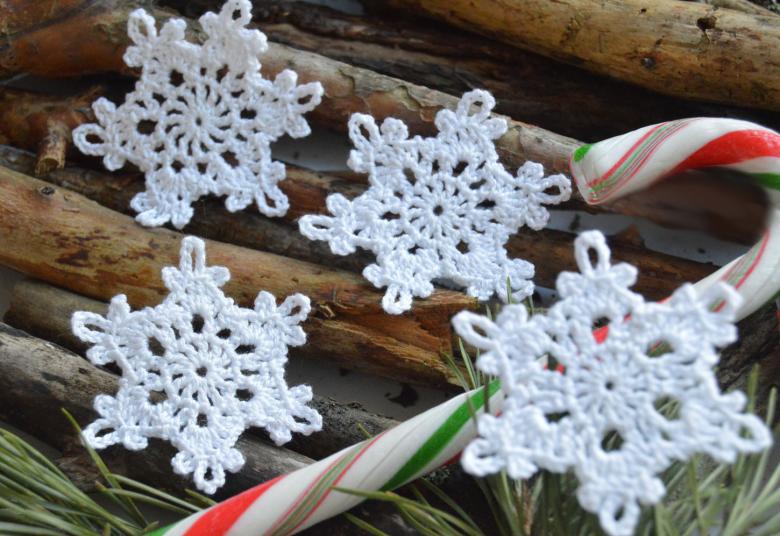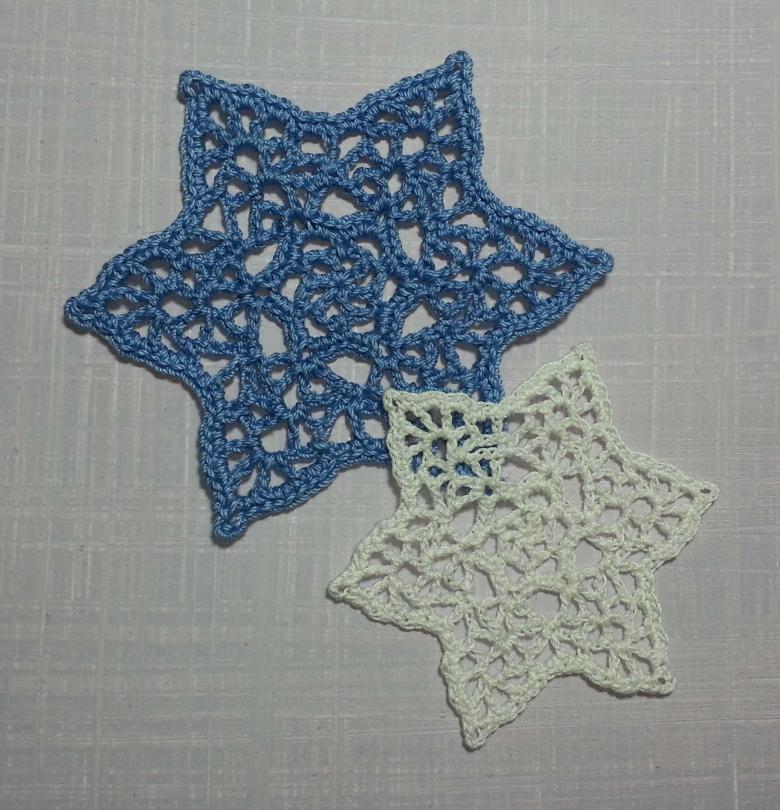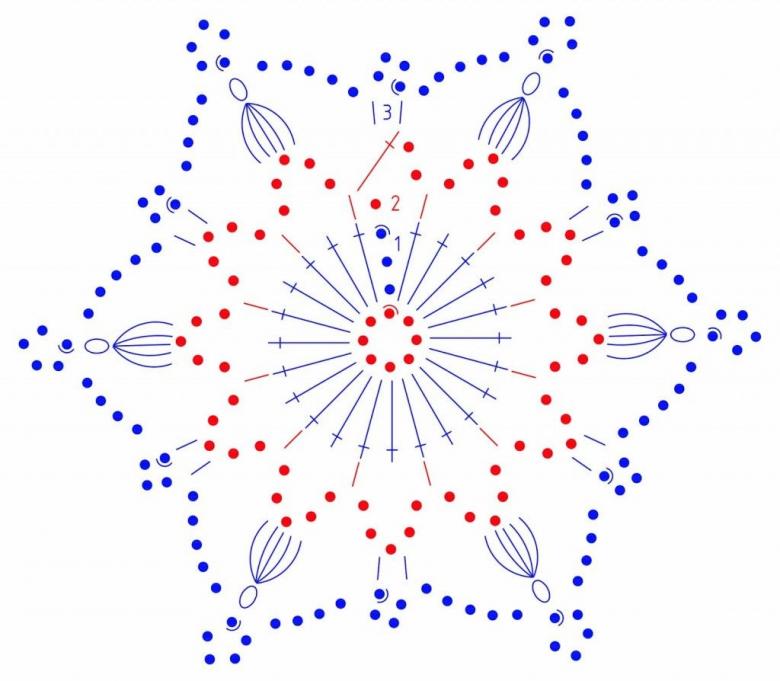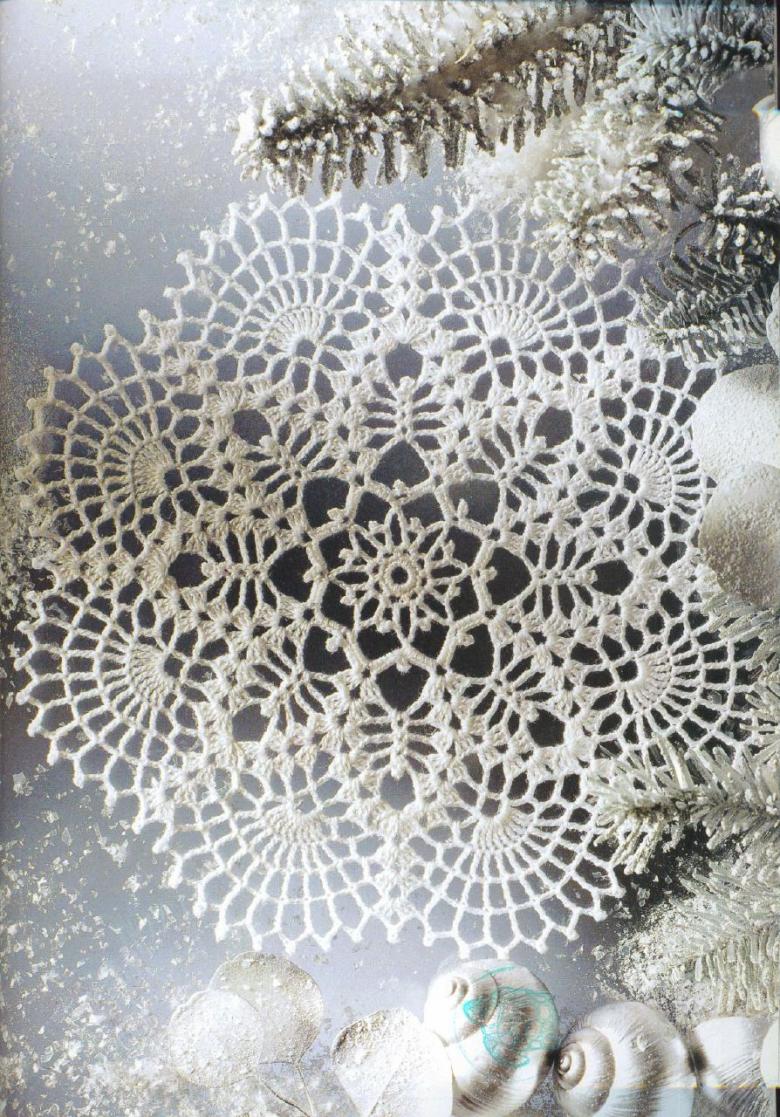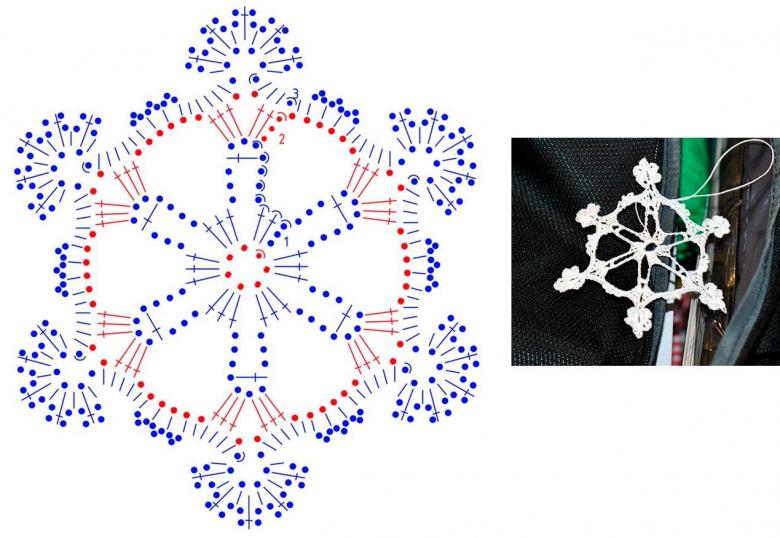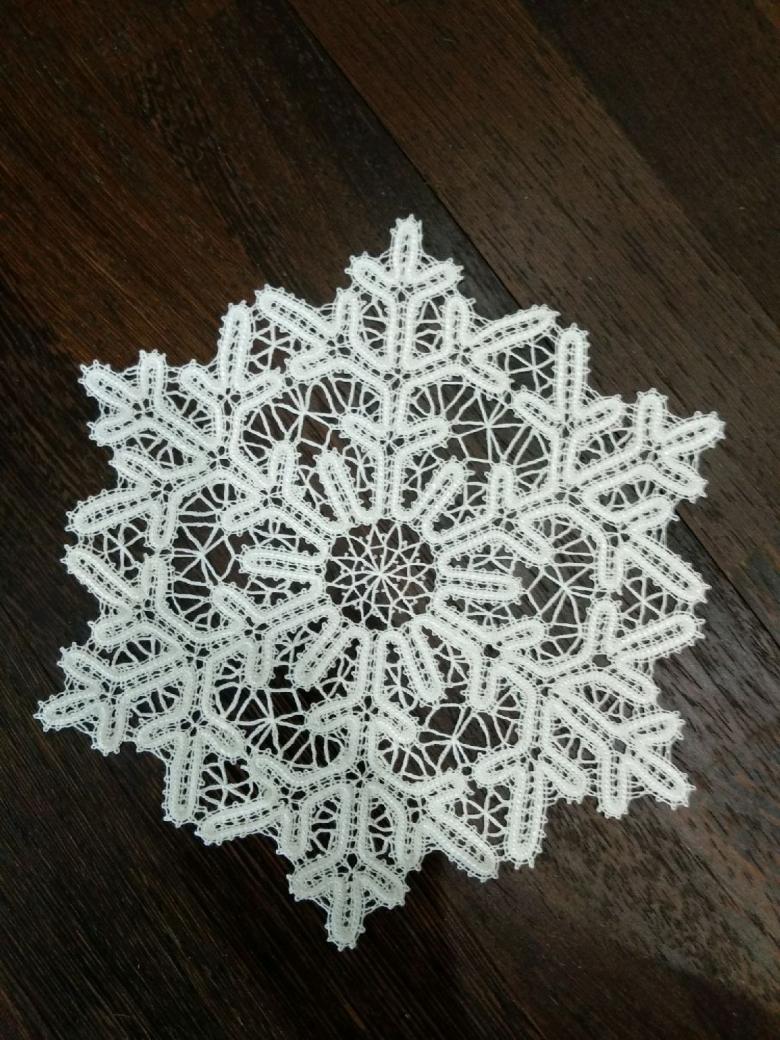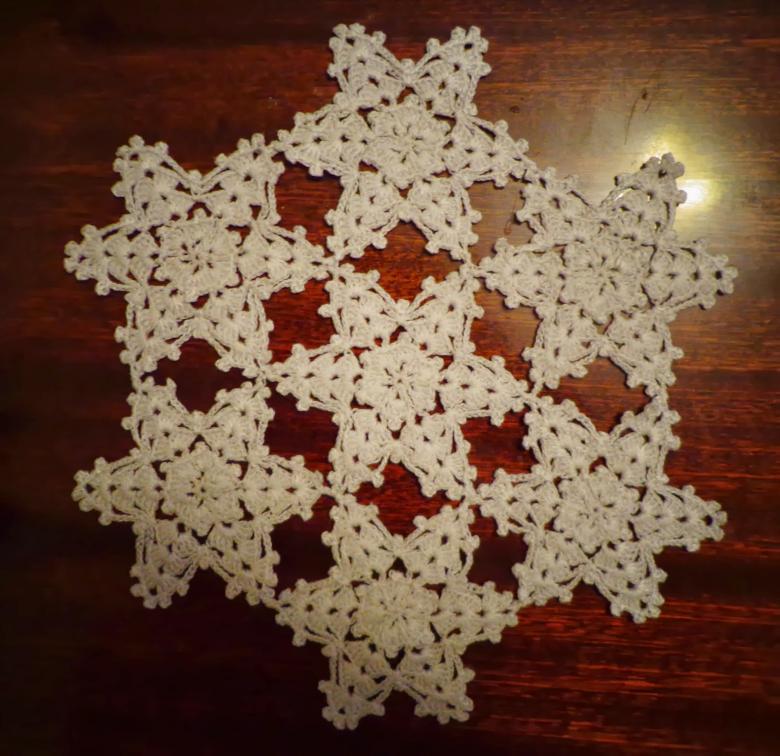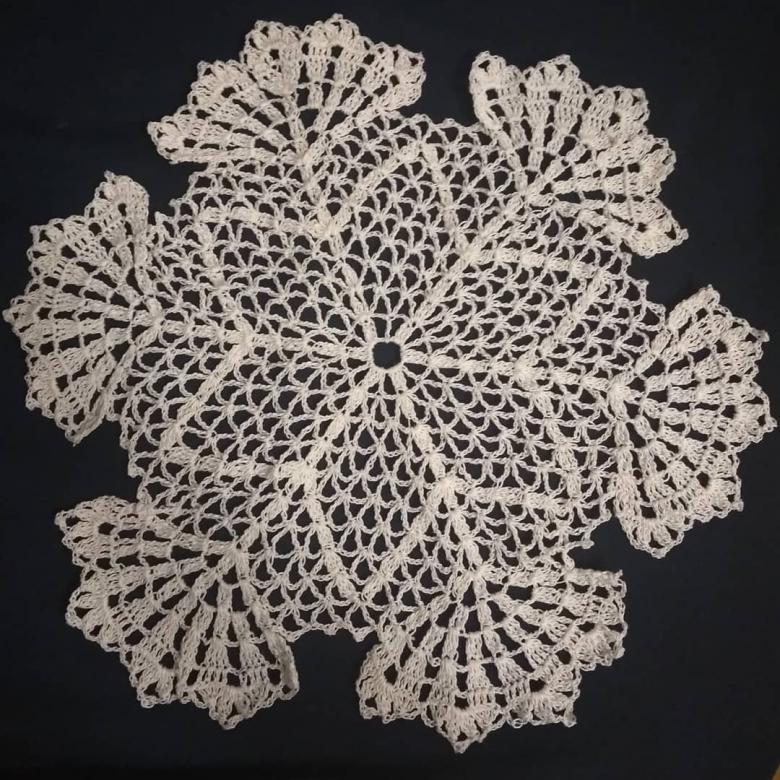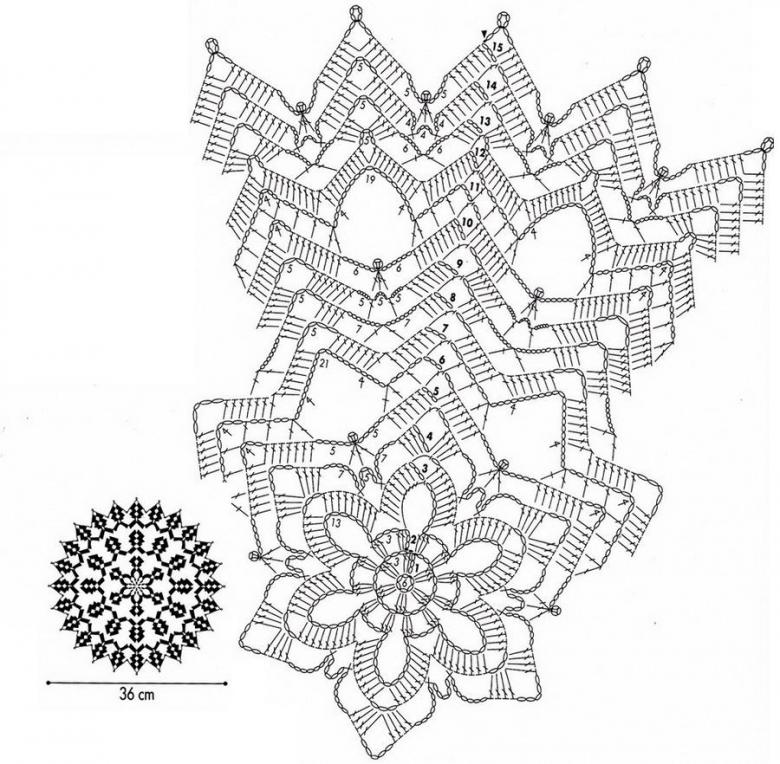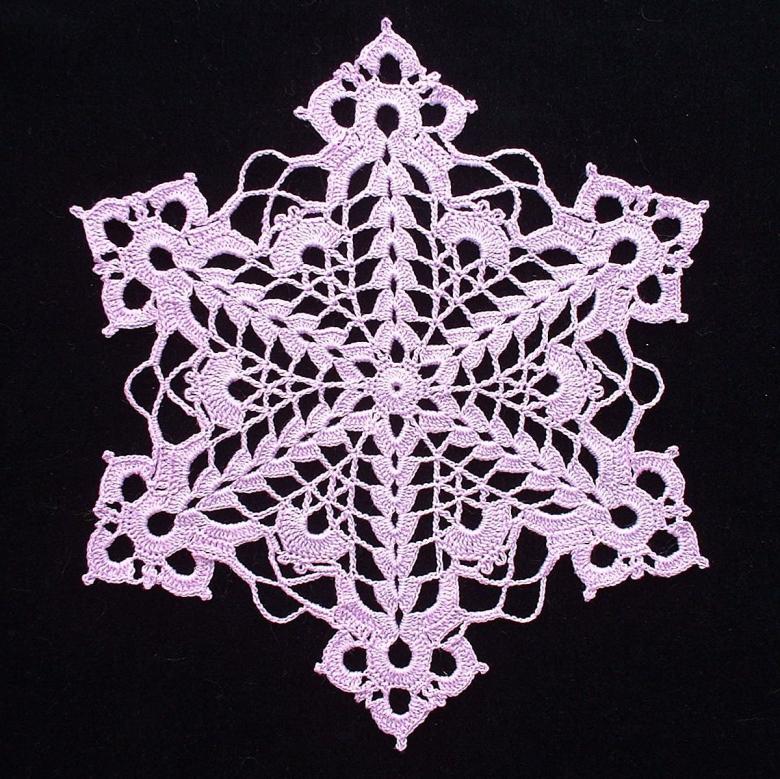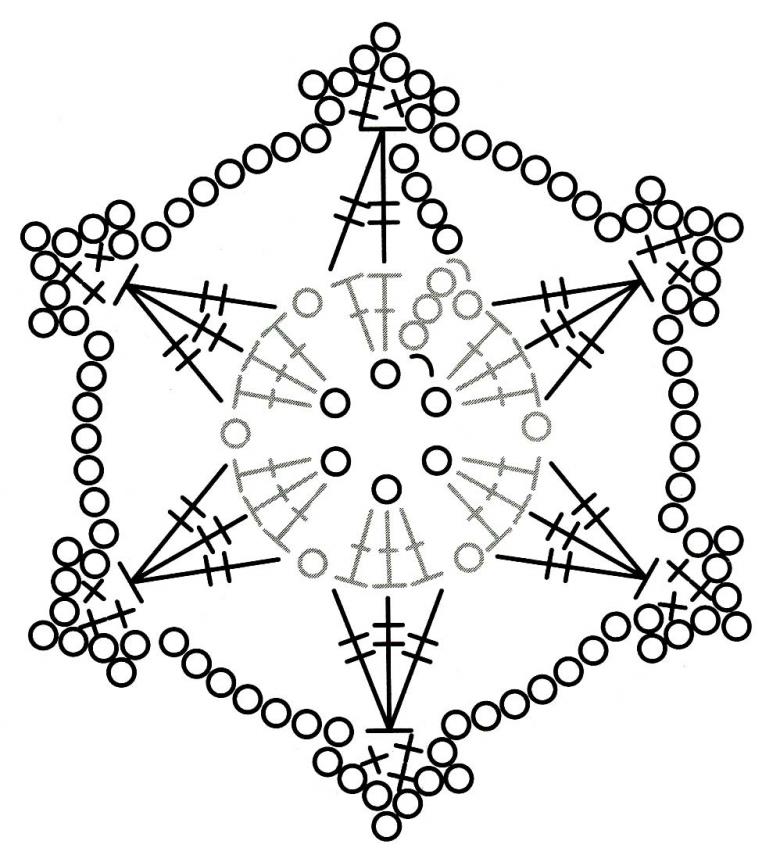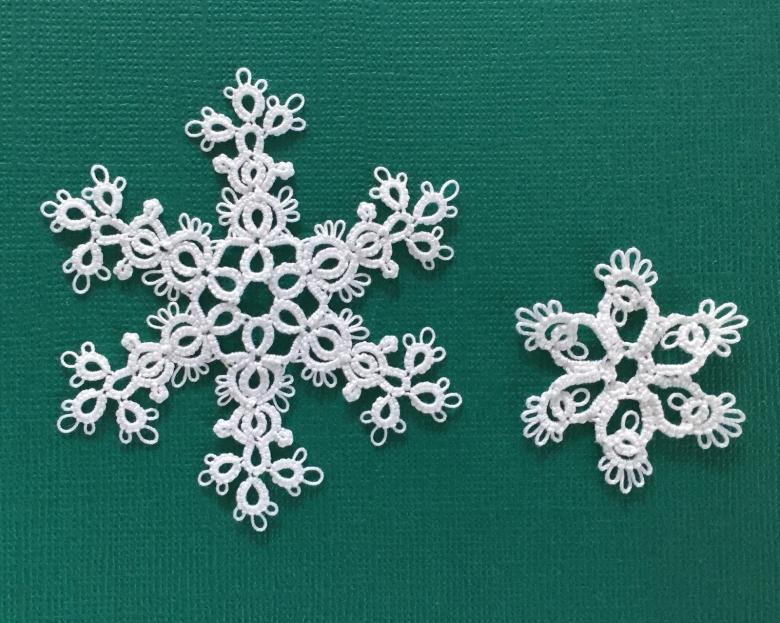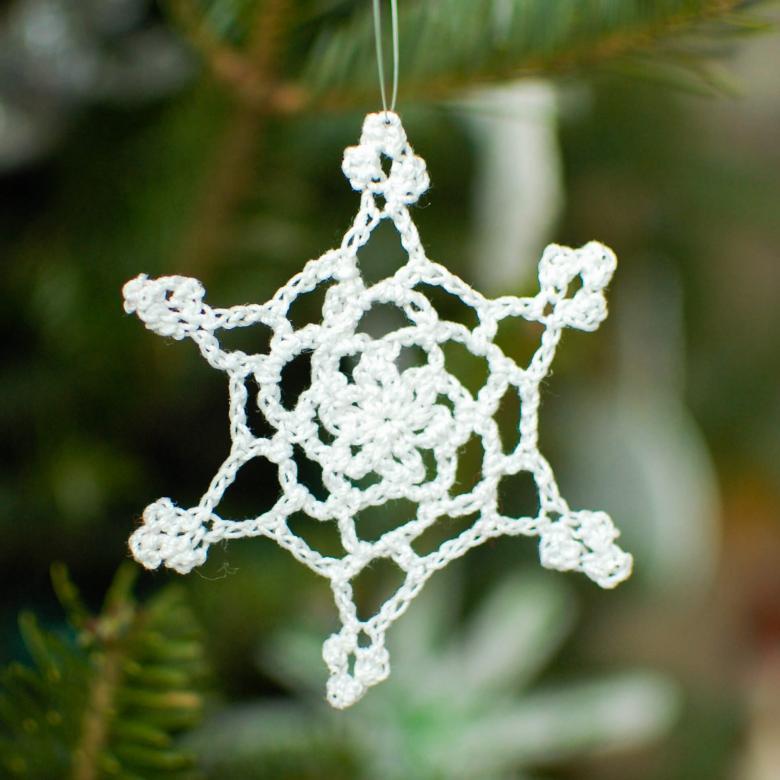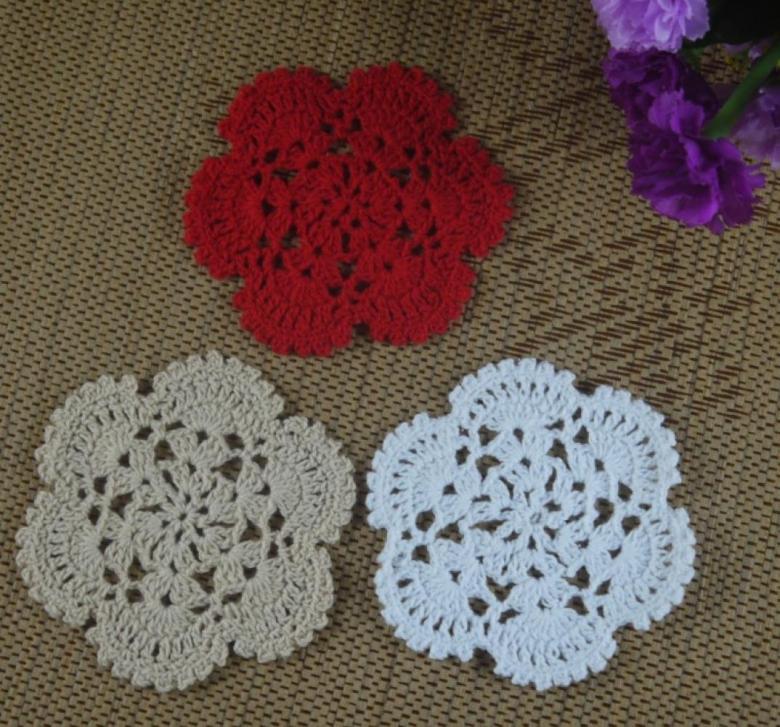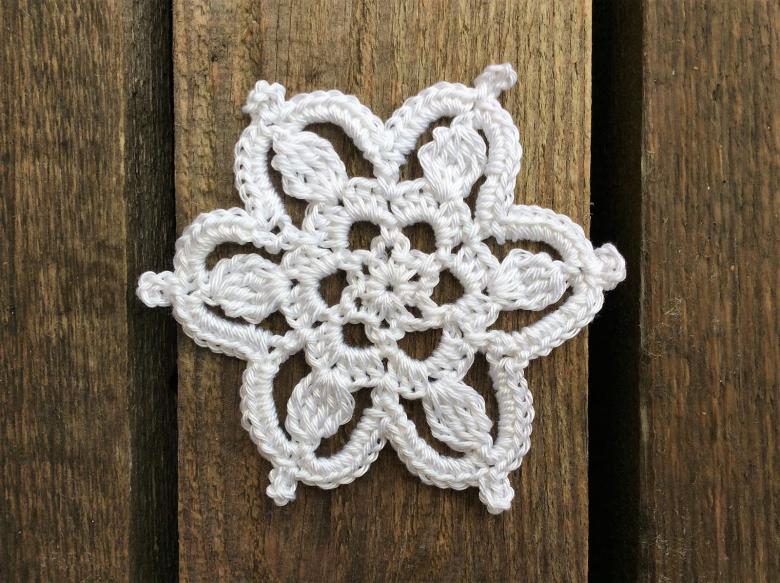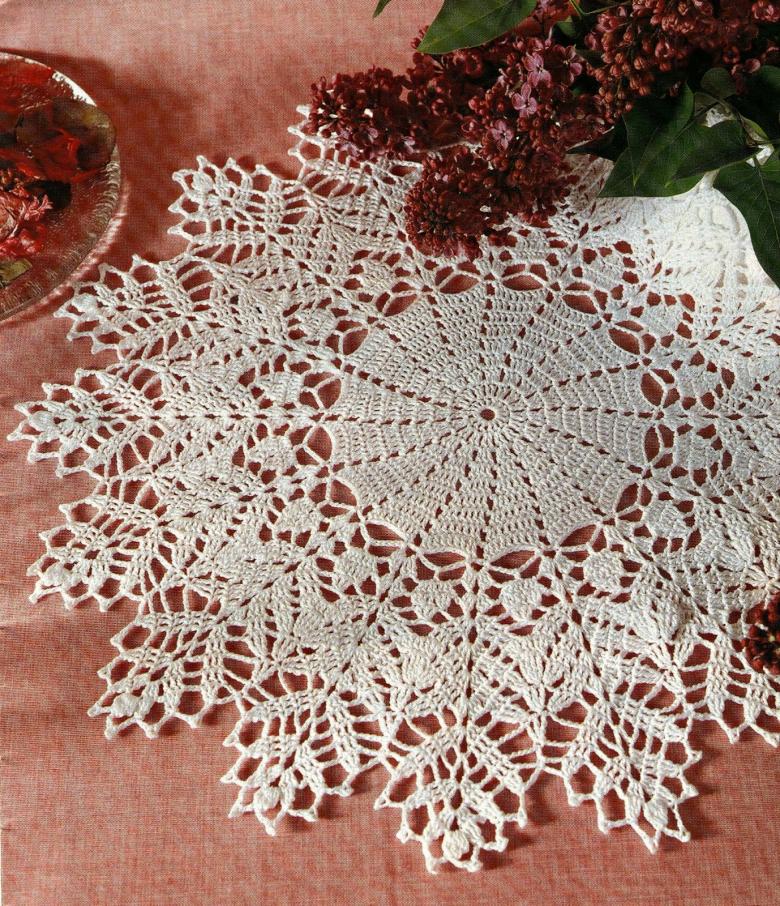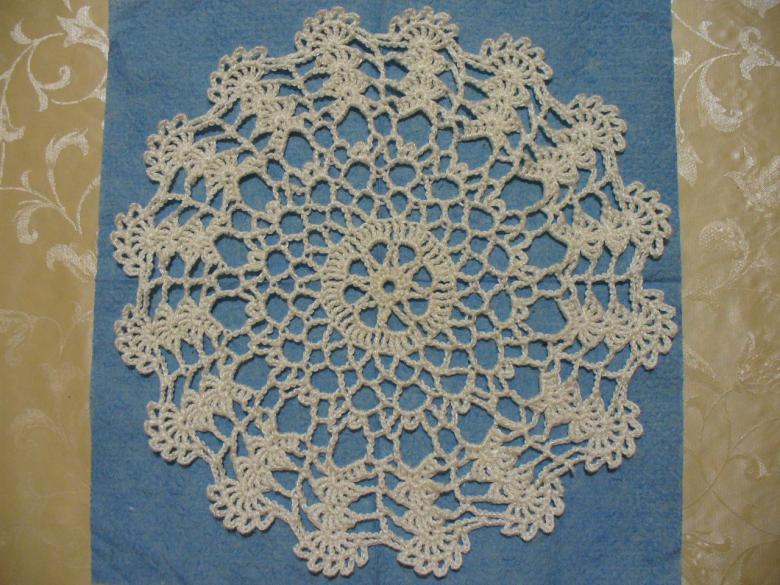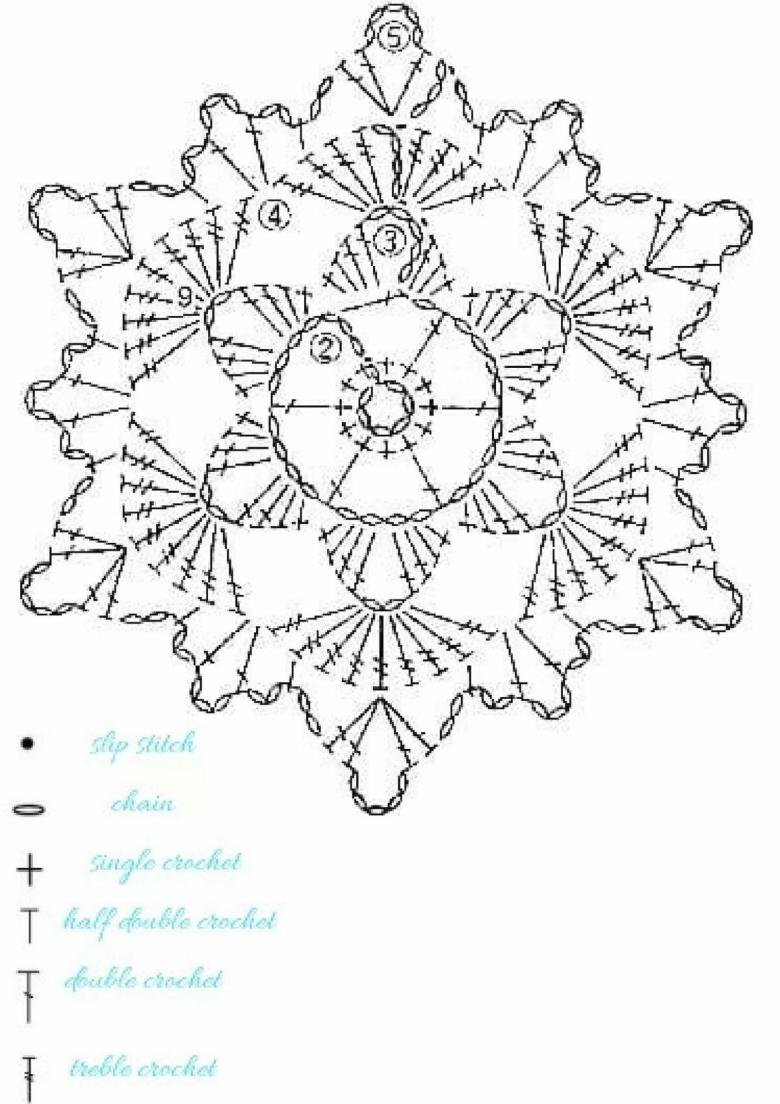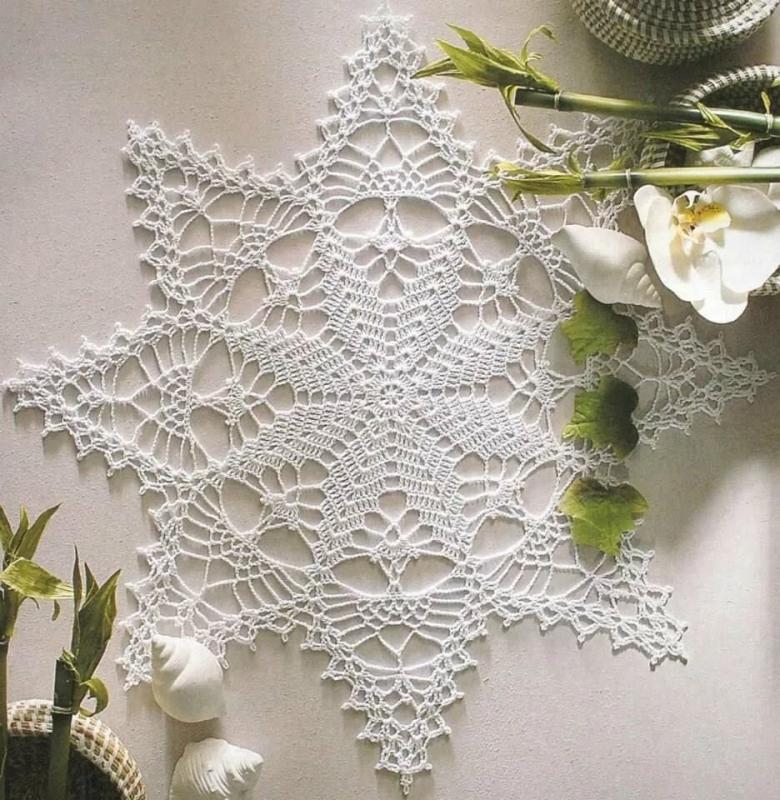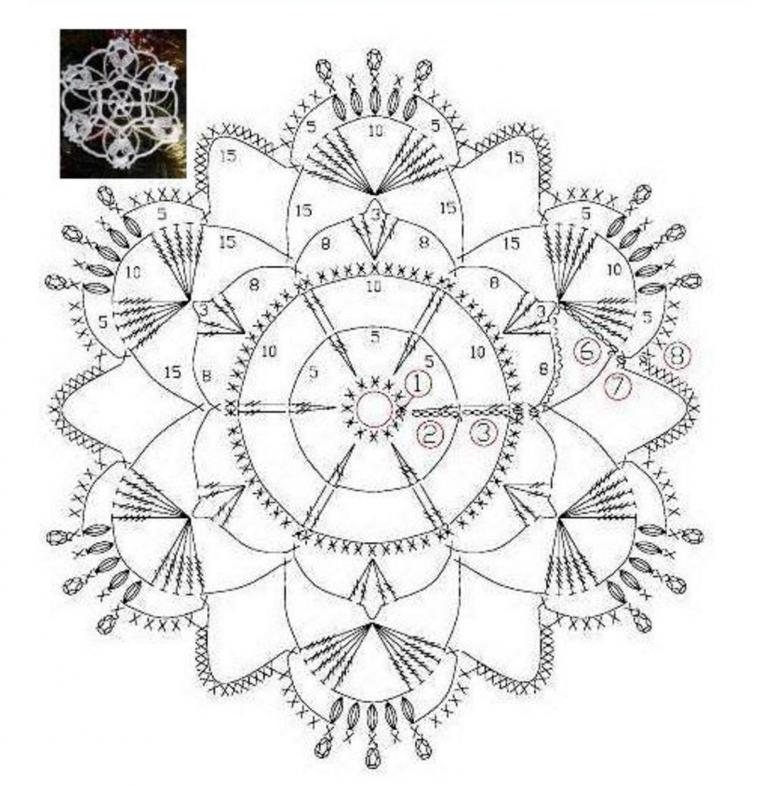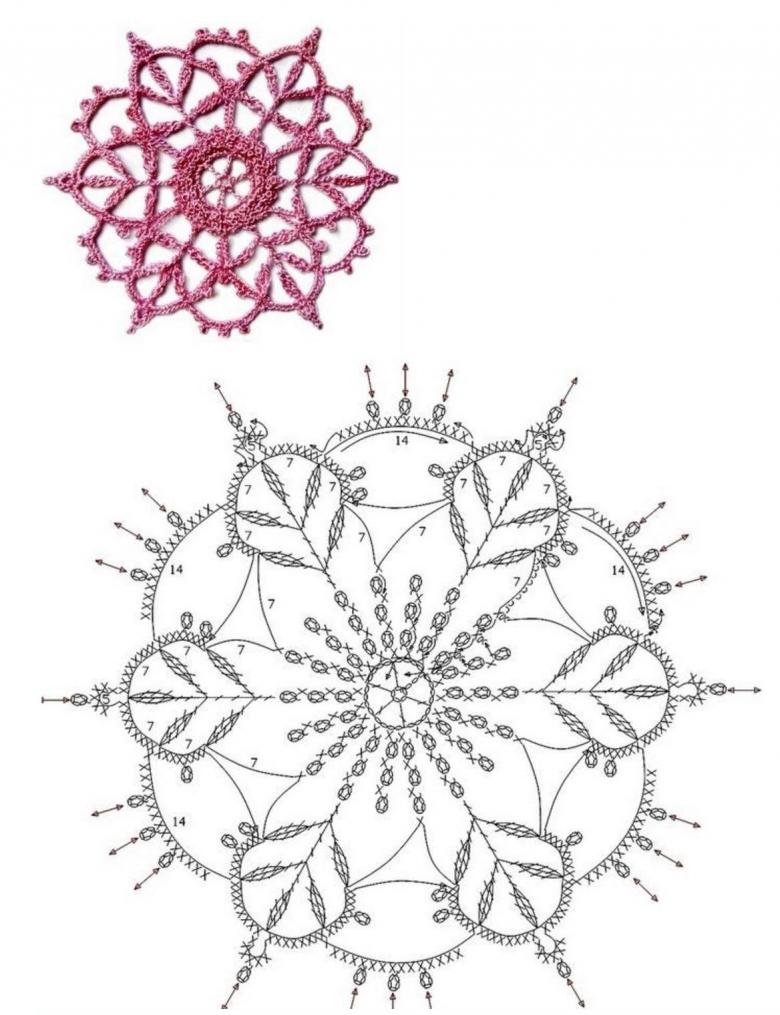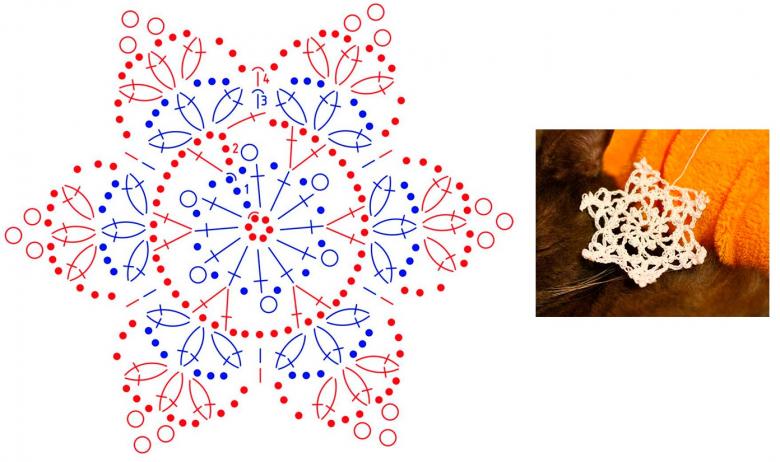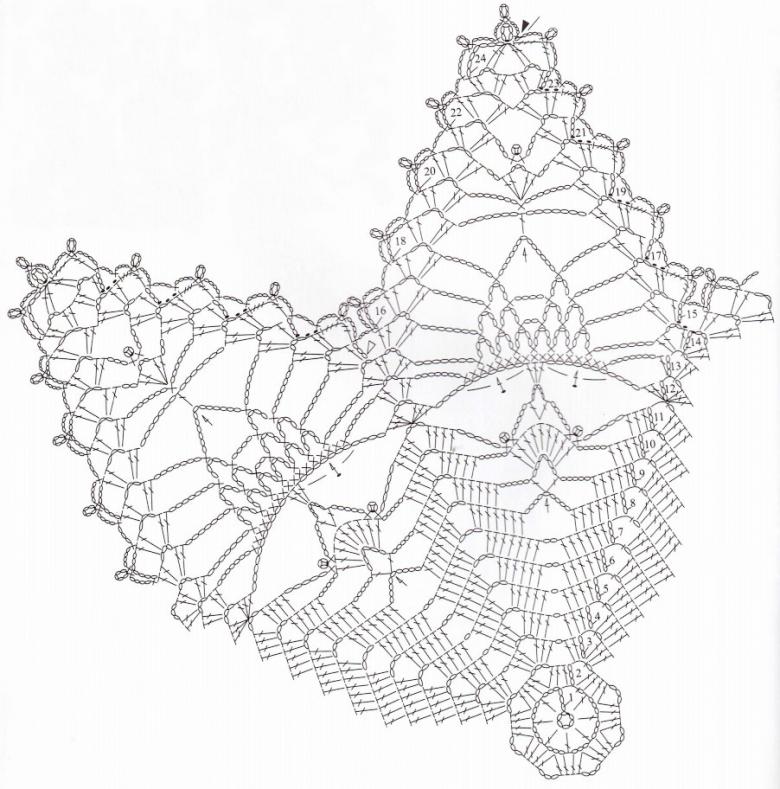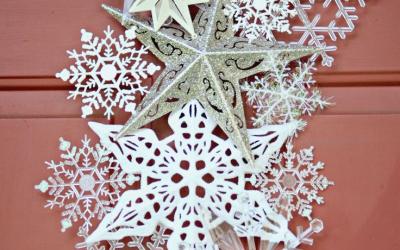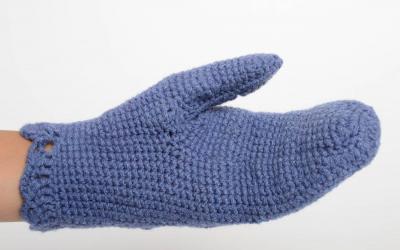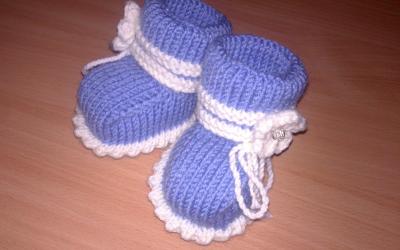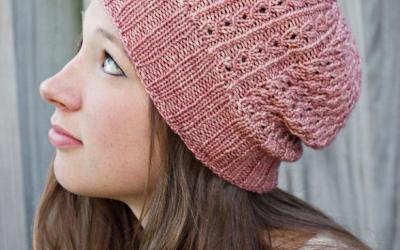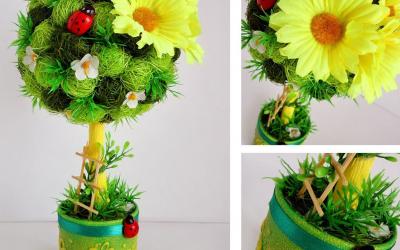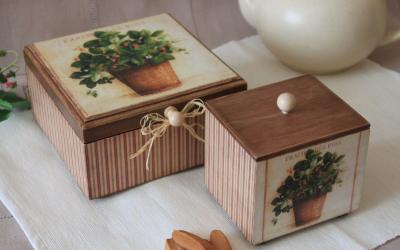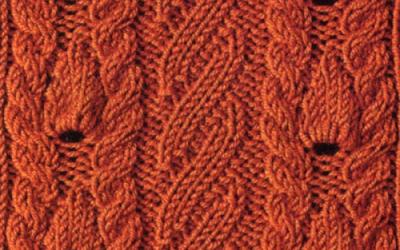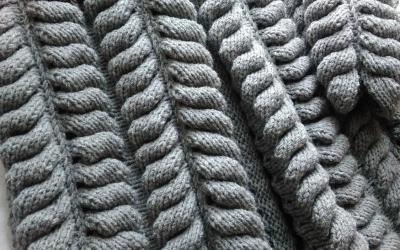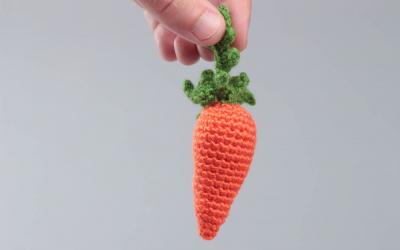Crochet snowflakes - a description of crochet patterns for beginners, tips, photo examples
Snowflakes traditionally decorate interiors in anticipation of the New Year. Just look at the windows of houses, they are full of white lace beauties, cut out of paper. Especially cozy look snowflakes, crocheted. They can be pendants, Christmas tree ornaments, coasters, and even earrings.

The warm, soft texture of the yarn gives snowflakes a charming look, evoking good emotions. That's exactly what you need for a New Year's Eve fairy tale.
Necessary skills
You don't have to be a professional knitter to be able to create a cute snowflake with crochet and thread. Crochet is based on simple techniques that are easy to learn in one evening.
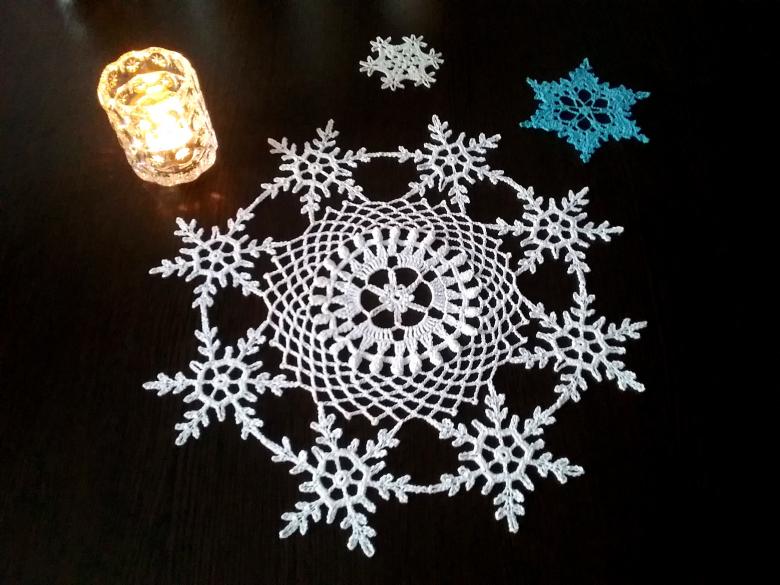
The elements of crochet:
- air loop;
- ring amigurumi;
- Connecting column (CC);
- Squeeze column (SSN);
- no stitch (NSC).
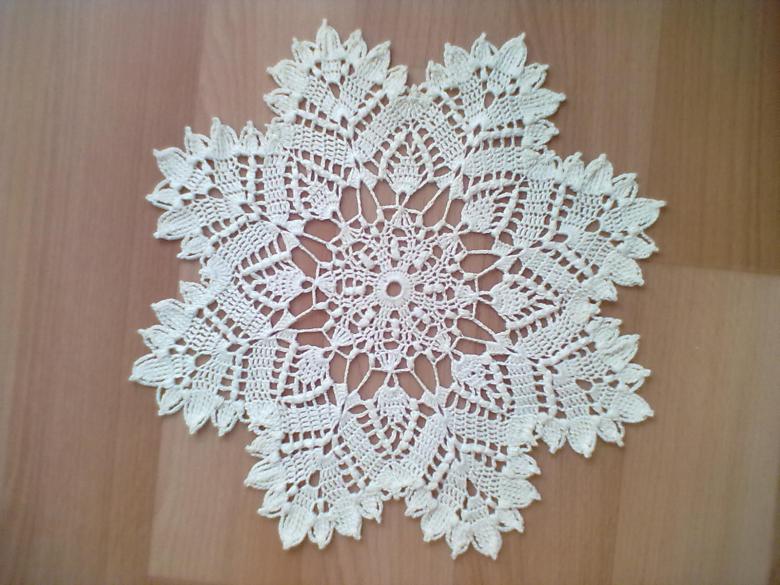
Air loop
The air loop is the beginning of traditional crochet (not amigurumi) crochet. To make it, you need to:
- Throw the short end of the yarn over the main length, resulting in a loop;
- Insert the hook into the loop at the bottom;
- Grab the tool the thread that lies at the bottom of the buttonhole (long, working thread);
- Pass the working thread through the buttonhole, slightly holding the overlap with your thumb and middle finger;
- Tighten;
- You got the first stitch.
By doing a few air loops in a similar way, you get a chain. Many products begin with her.
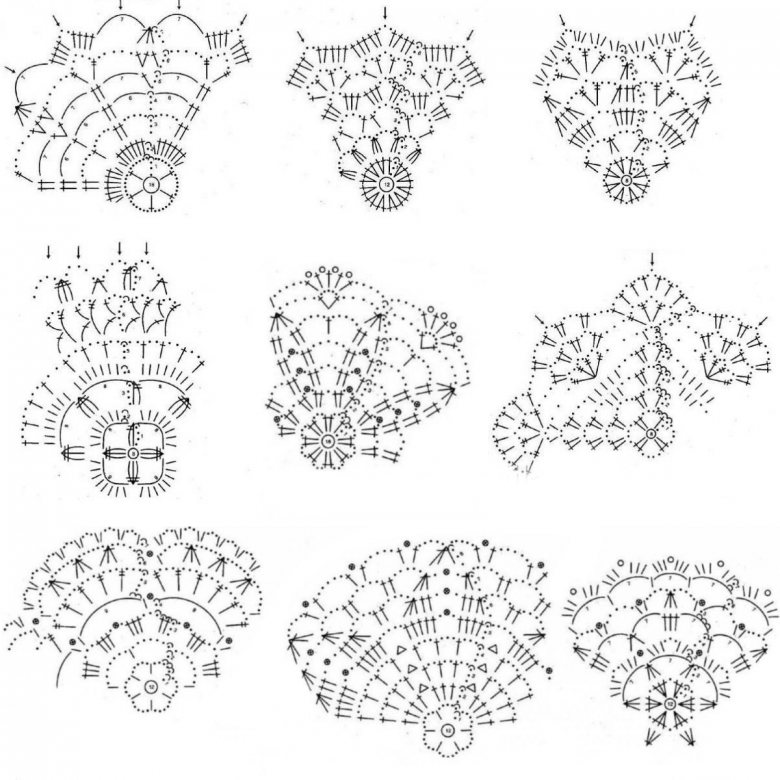
Amigurumi ring and columns
Amigurumi ring is knitted on the principle of an air loop, but in it a few columns without a stitch. The amigurumi ring is the starting point for making toys, balloons, and other crafts.

Connecting column refers to the basic elements of knitting. Another name - deaf buttonhole. They end the row, used in elastic knitting, combined with other columns get interesting patterns. To make a connecting column it is sufficient to enter the hook into the next loop, catch the main thread and pull it through both loops, which were on the tool.
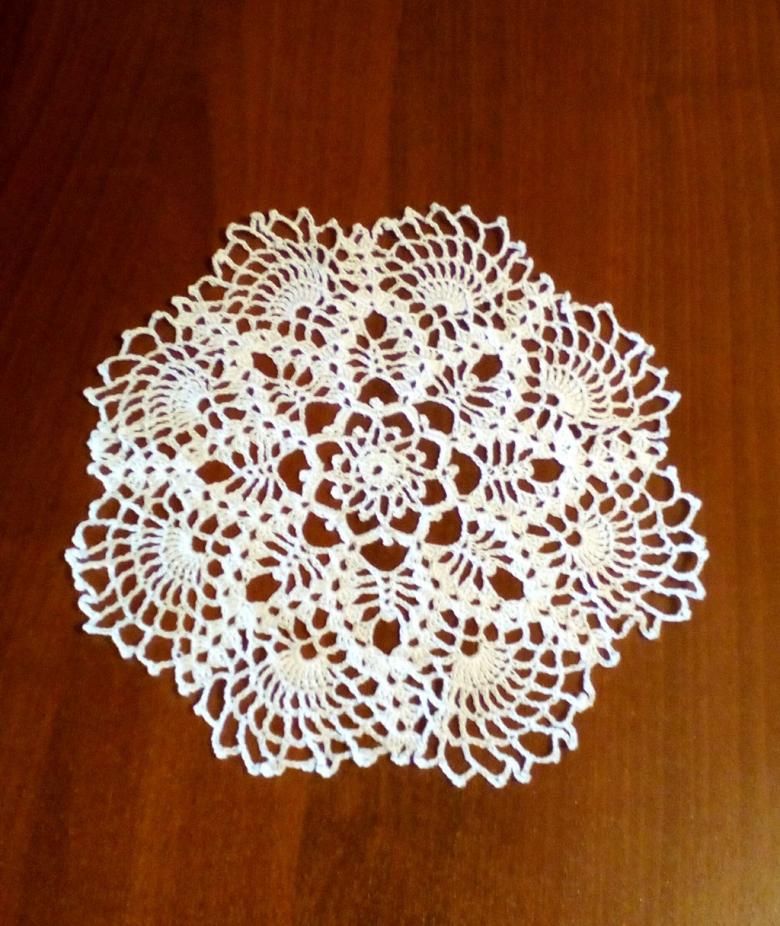
The no-strings-attached column is considered a basic knitting technique. Masters love it for its simplicity, density and the ability to form a knitted fabric in the form of "ticks" or "crosses", depending on the side of the introduction of the hook. Crocheting an SSN is easy:
- Insert the hook into the next buttonhole;
- Take the working thread;
- Slip it through the buttonhole where you inserted the tool and pull it through;
- Pick up the working thread again and pass it through the two loops that are on the hook.

The stitch is tied with an extra overlap on the hook. When using the SSN, the canvas is loose and openwork. Master class on the knitting of the SSN:
- Pick up on the hook working loop, it is a hook;
- Insert the hook into the second buttonhole, once again pick up the working thread, hold it through this loop;
- On the hook was three pieces of loops;
- Catch the working thread, stick it out through the first two buttonholes sitting on the tool;
- Catch the thread again, bring it out through the other two.
A little practice and in a couple of hours these columns become native. You can start knitting toys.

Yarn and crochet
For knitting snowflakes, any yarn in white or silver will do. The combination of cotton and mohair yarns looks interesting. Cotton yarn allows you to knit tightly, the snowflake holds its shape, and mohair adds fluffiness, tenderness. Acrylic yarn is good because it has synthetic fibers in its composition. Products made of acrylic retain color longer, do not burn out, visually appear thin and smooth, durable, and they are also not loved by moths.

Classic snowflakes are palm-sized, for their knitting need very little material, so masters usually use leftover yarn. But if you have an idea to knit a lot of beautiful snowflakes in different techniques for gifts to family and friends, it is better to buy a new flock. In handicraft stores there is a huge range of yarn, looking at which any knitter's heart sinks in delight.
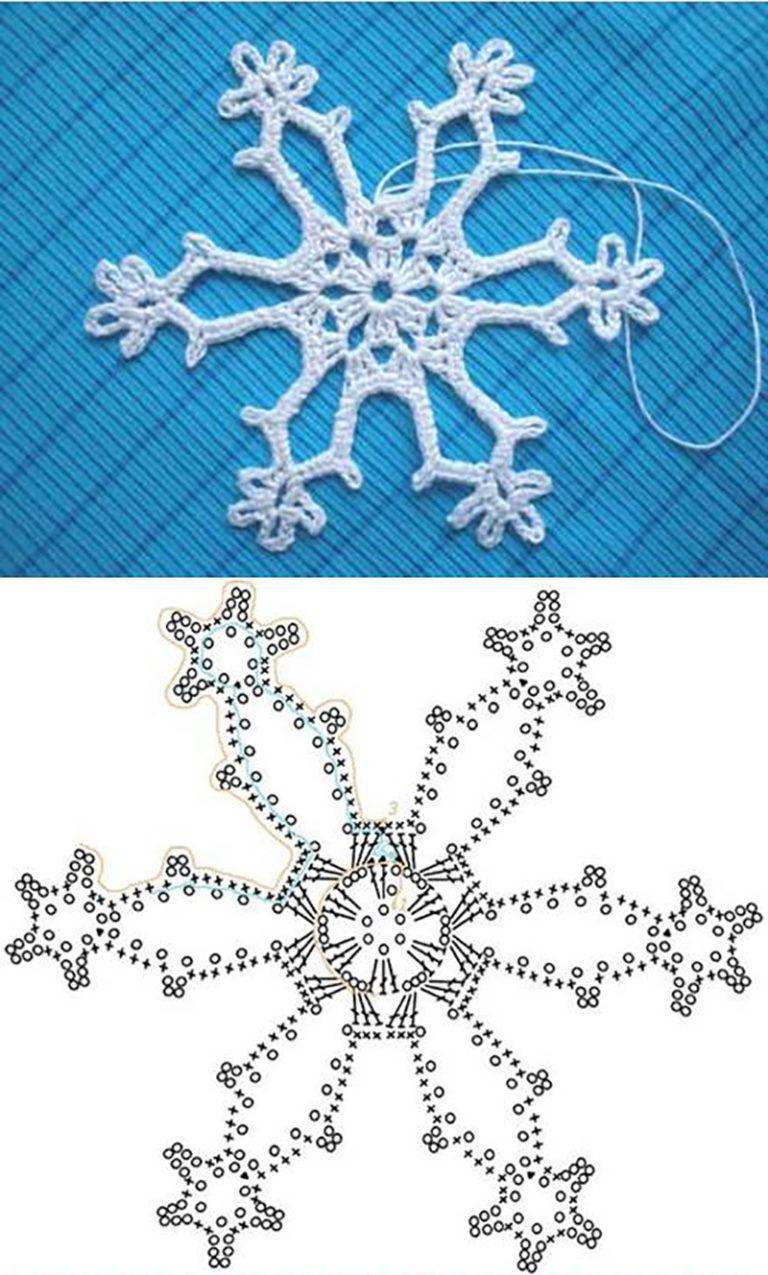
Once the yarn is chosen, you need to get a suitable hook. The rules are simple:
- The hook must be comfortable;
- made of metal or durable plastic;
- The thickness of the working part of the hook should be about the same thickness of the yarn.

Experienced knitters have "got the hang of it" and can adjust to any hook size by controlling the length of the loops. These rules are more suitable for beginners who want to make cute souvenirs.
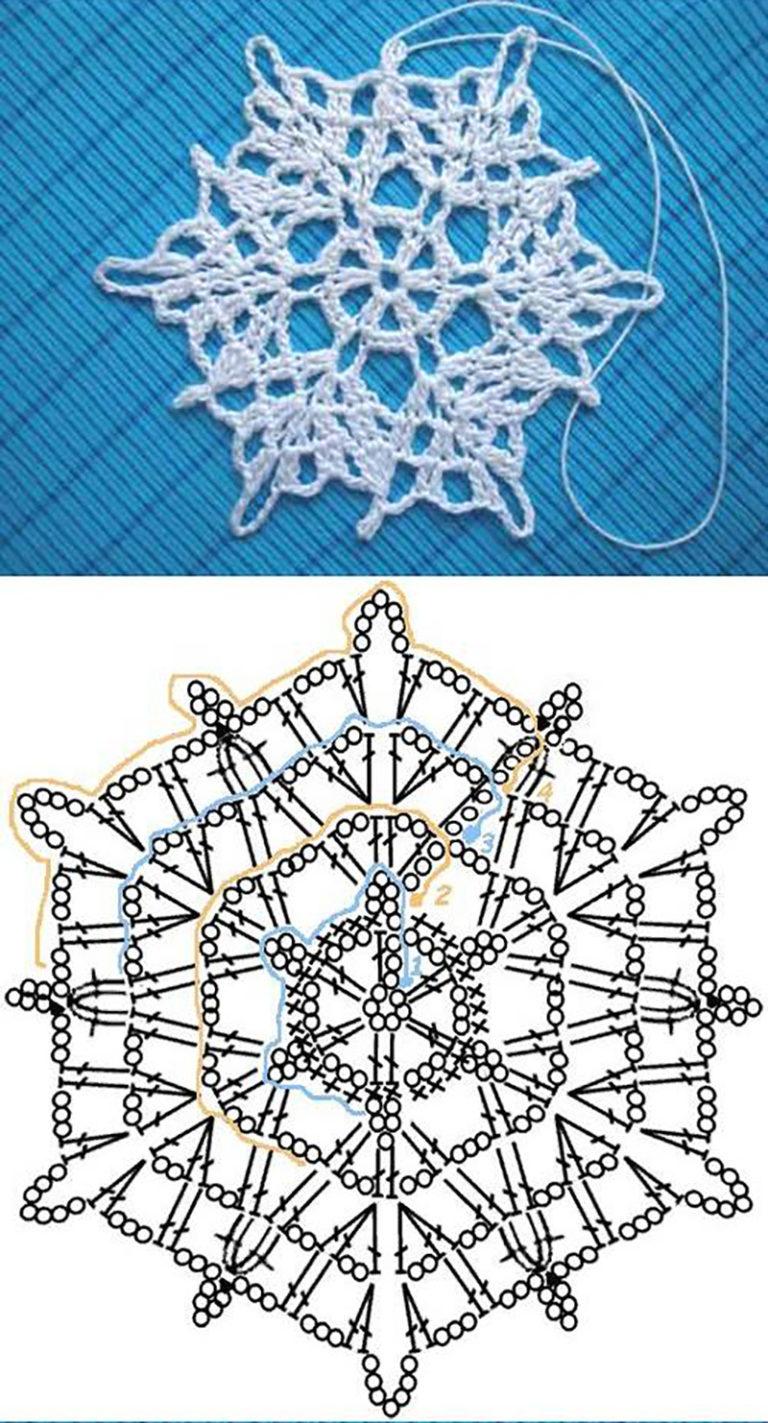
Crochet Snowflake. Variant 1
On the expanses of knitting forums and blogs you can find many photos of crocheted things, and snowflakes as well. The most popular of them is crocheted according to this master class:
- Type in the ring amigurumi six columns without a stitch;
- In the loop of each column to slip this rapport: 2 CHS, 3 GP;
- Combine the third air loop of the outermost rapport with the first IAS with CCS;
- From the loop that is on the tool to create 4 GP, UAS in the third loop on the chain, UAS in the loop behind this, 3 GP, connected by SS in the third loop of the chain.
- Repeat step 4 for all snowflake wedges;
- Cut the thread, tighten, hide the tip.
You can not cut the thread, but make a loop out of it. Then the snowflake can be hung on the Christmas tree.
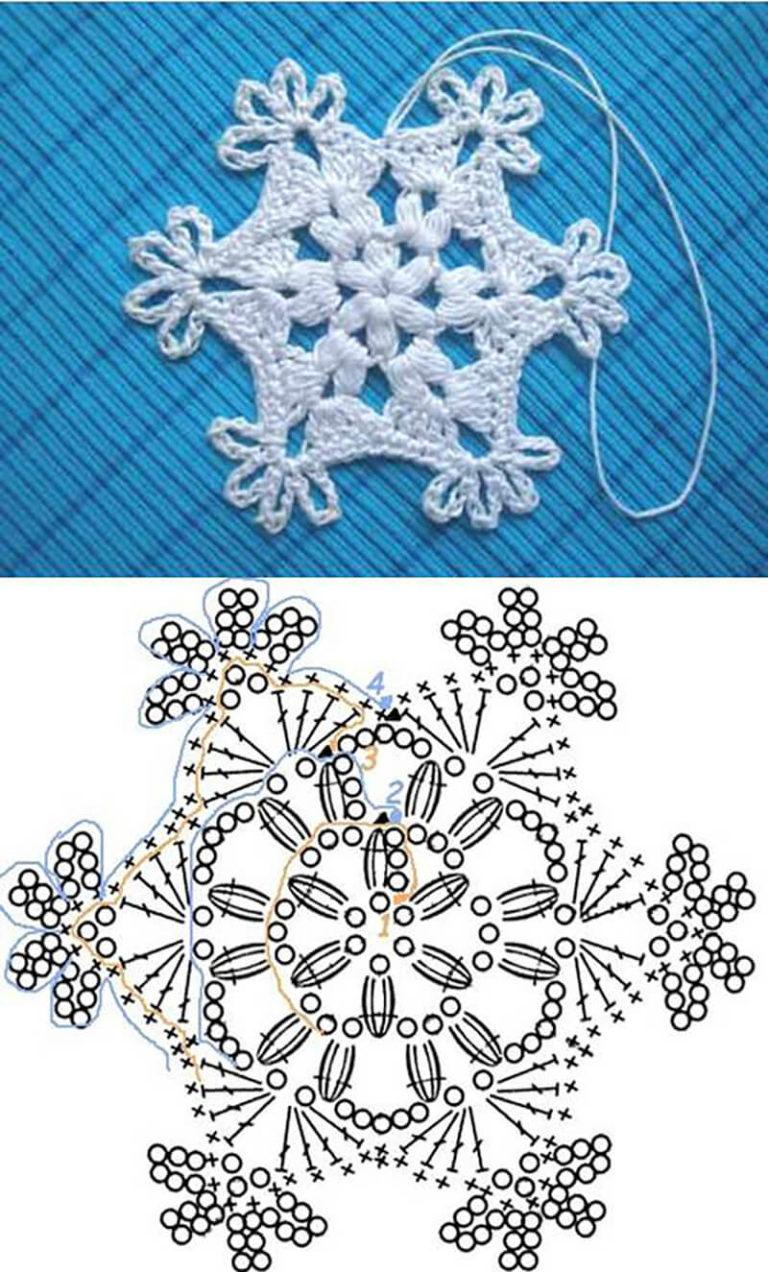
Crochet snowflake. Option 2
This snowflake is not as "filled" as in the first option. It looks somewhat simple and laconic. She can knit and beginner, and then decorate the wedges with beads or lurex thread. The knitting scheme is as follows:
- Tie a chain of 10 air loops;
- Connect in a ring;
- Create one lifting loop and knit two UAS into each airy loop;
- In each third UAS knit 10 air loops, 5 connecting tables, 5 air loops, 5 more CC, 5 air loops again, 9 CC, we have one snowflake link;
- Repeat step 5, a total of 6 snowflake branches should be obtained.
If you decorate it with beads, "rain", you get a real winter beauty, which boldly mono decorate the house.

Snowflake napkin
To decorate the house on the eve of the New Year holidays, you can knit not only snowflake pendants, and elegant napkins. You will need snow-white cotton yarn, and the Kirov factory yarn of the same name is on sale.

Many photos of napkins have been published on the Internet, the design resembling a snow swirl swirling around the center. All the napkins look like real works of art.
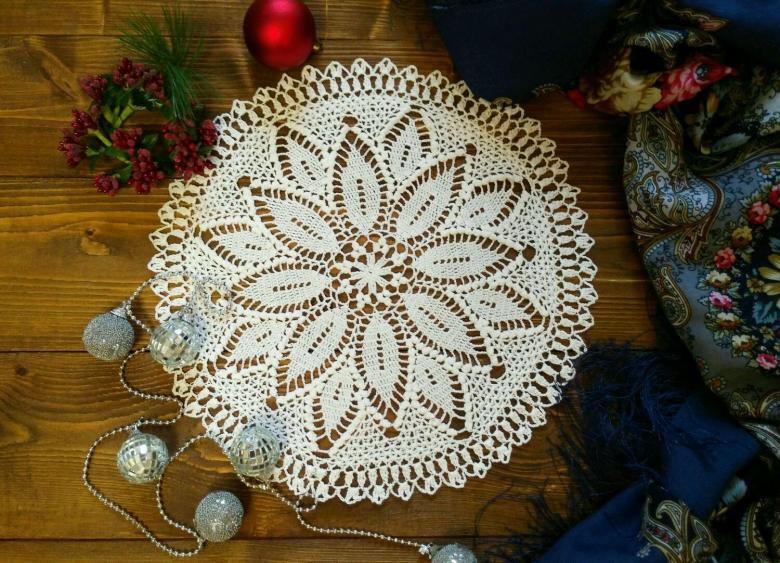
The description of any snowflake doily begins with the center. A chain of air loops connects into a ring, from which begins a game of loops and columns, moved by the imagination of the needlewoman.
The doily is based on repeating rapports - repeating elements grouped together.

Popular Rapports:
- Three SSNs, three VPs;
- Two double-barreled stitches, one EP;
- One CHS, two GP, etc.
The finished product is starching to hold its shape. This is especially true for snowflake pendants, which can be rolled inside.
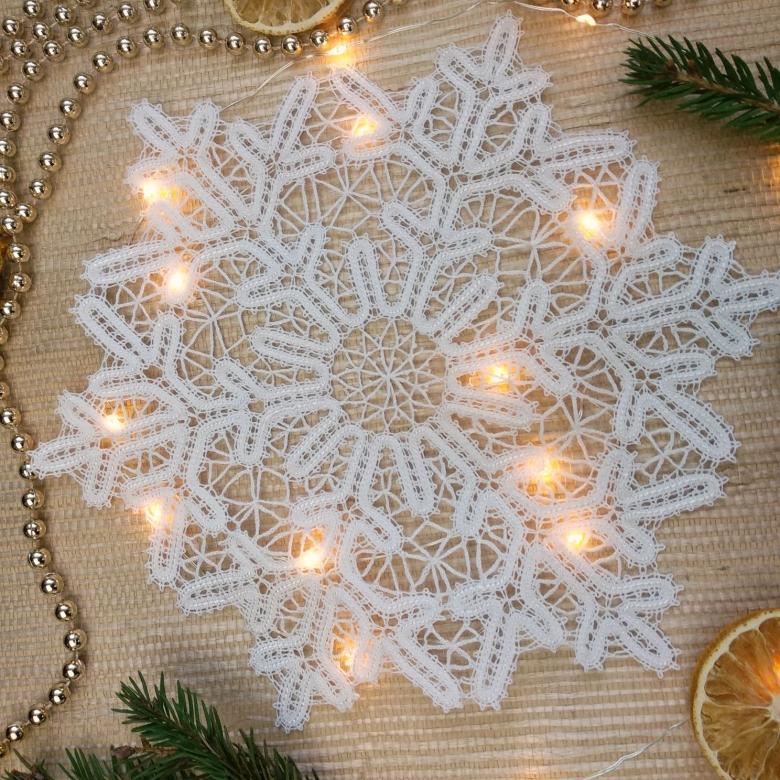
Experienced masters do not stop at basic products, go further, give free rein to imagination and knit real masterpieces. But snowflakes of any level of complexity always look cozy, original and incredibly beautiful.


